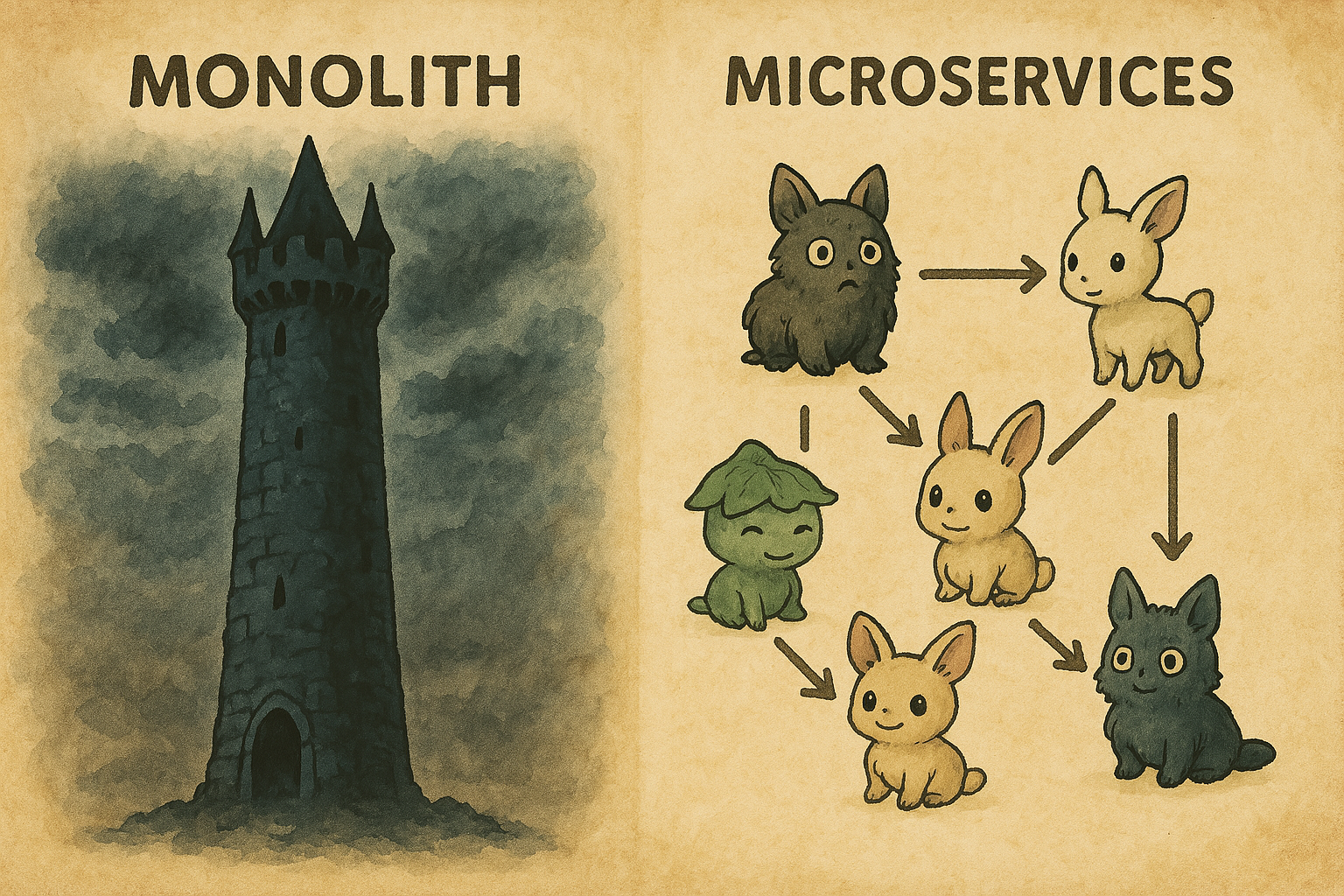
The Elephant in the Room: Dealing with Legacy Code
It’s easy to think of legacy code as something ancient and untouchable, written by long-gone developers in a forgotten dialect of JavaScript. But the truth is more complicated. Legacy code is just code that’s still running your systems, even though it no longer meets your team's standards. So what do you do with it?

Python Linter Showdown
Python Linter Showdown! It’s time for a spirited comparison of four popular Python linters: black, flake8, pylint, and ruff. Each tool promises to tidy up your code, catch pesky bugs, and keep your scripts neat. Our contestants today will face off on three files containing some not-so-great Python. Get ready to witness our code-based house of horror!

Microservices and DevOps: A Perfect Match
If you're a developer exploring ways to improve your codebase and simplify your life, you've likely heard the term "microservices." It's one of those buzzwords you might nod along with but never get around to exploring in depth. Let’s take a closer look at what microservice architecture really means, why it's valuable, and how to get started without getting overwhelmed.

How Do You Measure DevOps?
DevOps is a way of working together to make building and running software easier and faster. The best way to measure how well you are doing DevOps is a set of measures called DORA metrics. They show where your team is working well, and areas to improve your DevOps practices.

Why DevOps Matters for Front-End Developers
Great front-end developers focus on the user, crafting interfaces and experiences that delight your customers. If you think about DevOps at all, it probably falls in the bucket of “somebody else’s problem.” Putting some DevOps tools and techniques into your workflow can bring significant benefits. With DevOps you can make your front-end development more efficient, reliable, and collaborative.